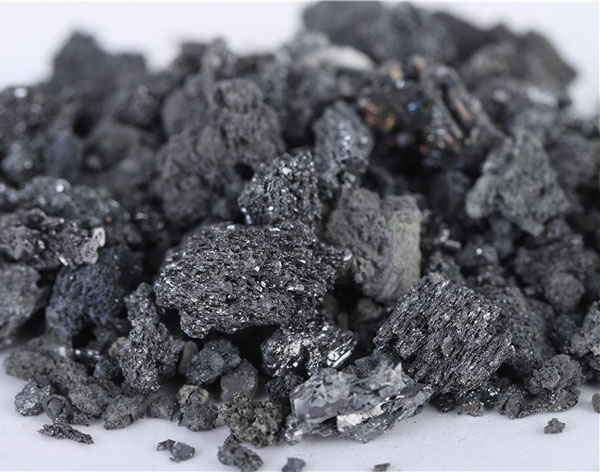
Silicon carbide (SiC) is a hard abrasive that is a metallurgical deoxidizer. It is also a high-temperature-resistant material that is attractive for MEMS applications. Here are some of its uses. These include high-precision machined parts and cutting tools.
Silicon carbide steel is a hard crystalline material that can be used as an abrasive. Its properties make it a desirable abrasive for wire sawing, rock tumbling, and polishing quartz and silicon. Silicon carbide is an excellent abrasive and has a low cost compared to other abrasives.
Silicon carbide abrasives are very hard, unlike their brittle aluminum oxide cousins. Silicon carbide abrasives also tend to form sharp edges, which help them penetrate the workpiece and reduce heat generated during abrasion. They are therefore used in precision and finish grinding processes, while aluminum oxide is used for rough grinding.

Silicon carbide is an important metallurgical deoxidizer and is widely used in the steelmaking industry. Compared to other deoxidizers such as calcium carbide, carbon powder, or ferrosilicon, the reaction time of silicon carbide is significantly faster, which can help steelmakers to reduce production costs while increasing productivity. Another benefit of silicon carbide is that it improves the quality of molten steel, thereby reducing slag formation.
Silicon carbide is applied to steel in a variety of ways. A common method involves mixing the silicon carbide with the steel in a ladle. It is added in a ratio of four pounds per ton of steel.
Silicon carbide steel is a material that is used to make high-temperature components. It is resistant to high temperatures, has excellent heat conductivity, and is chemically stable. It is also corrosion resistant and has a long life. Its applications range from manufacturing components for combustion to supporting high-temperature equipment.
Silicon carbide is made up of silicon and carbon. It was originally produced from the electro-chemical reaction of sand and carbon at high temperatures. It was initially used as abrasives and grinding wheels. Since then, it has evolved into a high-tech, high-performance material. Its properties allow it to be used in a wide range of high-temperature applications, including abrasives, refractories, and electronic components.
For MEMS devices, dimensional stability is essential. The changes in dimensional parameters caused by microstructural evolution must be less than the expected changes during operation. Another important feature is thermal and mechanical stability. This property is crucial for high-temperature MEMS devices. This material exhibits good yield strength and good mechanical properties at room temperature. However, it has significant instabilities at low temperatures, which lead to grain growth and significant loss in strength.
The mechanical, chemical, and electrical properties of SiC make it an attractive MEMS material. It is not, however, an appropriate material for NEMS. Recent research has demonstrated that SiC is an attractive alternative to traditional materials in MEMS applications.
A recent study showed that silicon carbide produces a greater energy efficiency when used in batteries. This is because the material has a wider band gap, which allows electrons to flow through it more easily than silicon. This technology is ripe for increased use in electronics. It will help make the size of transistors and wafers smaller. This will lead to economies of scale similar to those experienced by Intel during the 1980s. This technology may also find its way into electric trains, wind power systems, and industrial motors.
The global silicon carbide market is expected to be worth USD 7.18 billion by 2027, growing at a CAGR of 16.1%. The largest market is in the United States, which is expected to represent about 15.5% of the global market by 2026. However, the growth of the Chinese market will likely be faster, with the country's market size expected to rise to US$721.9 million by 2026. Other key countries that are anticipated to grow at a faster rate include Japan and Canada.

Write a Message